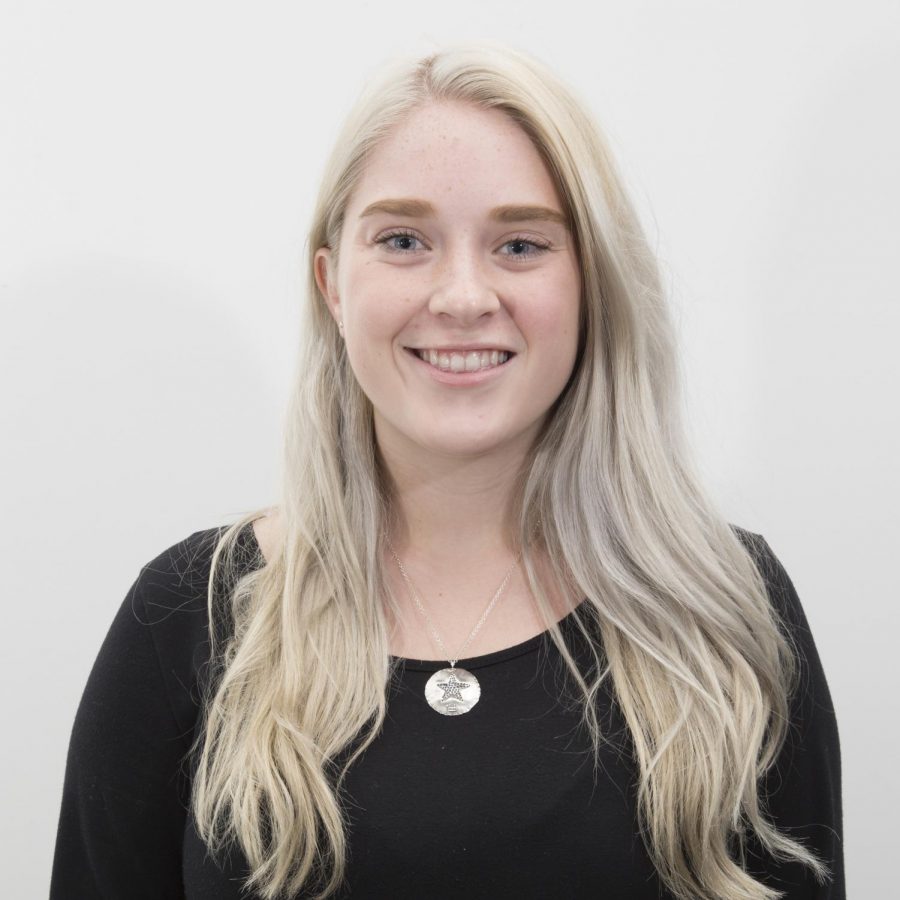‘Plus-size’ label should be a fashion don’t
November 7, 2016
The conversation about plus-size models and clothing has started to shift in the past few years with changes in how the term “plus size” is used.
According to the Wall Street Journal, the term “plus size” was first used in 1922 in Lane Bryant advertisements. It was applied to women in a 1953 ad for the Korell brand and first used to describe models in the late ‘70s.
However, people are now growing frustrated with the term. Khloé Kardashian launched her denim line Good American Oct. 18, which carries sizes 0–24, and she refuses to label it “plus size.” “Saturday Night Live’s” Oct. 15 episode included a skit, titled “Chonk,” pointing out how ridiculous marketing for plus-size clothing is. Even Tim Gunn, known and loved for “making it work” on “Project Runway,” talked to PBS Newshour Oct. 28 about the fashion industry’s need to be more inclusive.
Overshadowing this influx of body diversity and positivity is the fashion industry’s idea of what “plus size” is. According to Cosmopolitan Magazine, any model a size eight or higher is considered “plus size.” Meanwhile, most plus-size clothing lines, like Lane Bryant, start at size 14, and the average American woman is a Misses size 16–18, according to an Aug. 5 study published in the International Journal of Fashion Design, Technology and Education.
Why is our society trained to see the average-sized woman as “plus,” as if she is more than she should be? If the majority of women are sizes 16–18, then why do so many stores not even carry these sizes?
Not even children are spared from harsh labeling. Brands such as Old Navy and Gap have “husky” sizes for larger boys and “plus” sizes for girls.
Also damaging to young girls, and even grown women, is calling women thinner than the average American “plus-size.” While it is incredibly beneficial to have images of average-sized women in the media, calling them “plus size” could detract from these benefits.
The fashion industry needs a makeover when it comes to sizing. Clothing should not need a special label. A size zero and size 18 should be just that—no slim or plus about it. To model these clothes, the industry needs women of all sizes and ethnicities. There should be no talk about how brave they are, as if them simply being themselves is this outrageous thing most should be ashamed of.
While some may find the label “plus size” empowering, many others feel it to be shaming or exclusionary. Women of all sizes should feel comfortable and normal being themselves and wearing what they want to wear.








